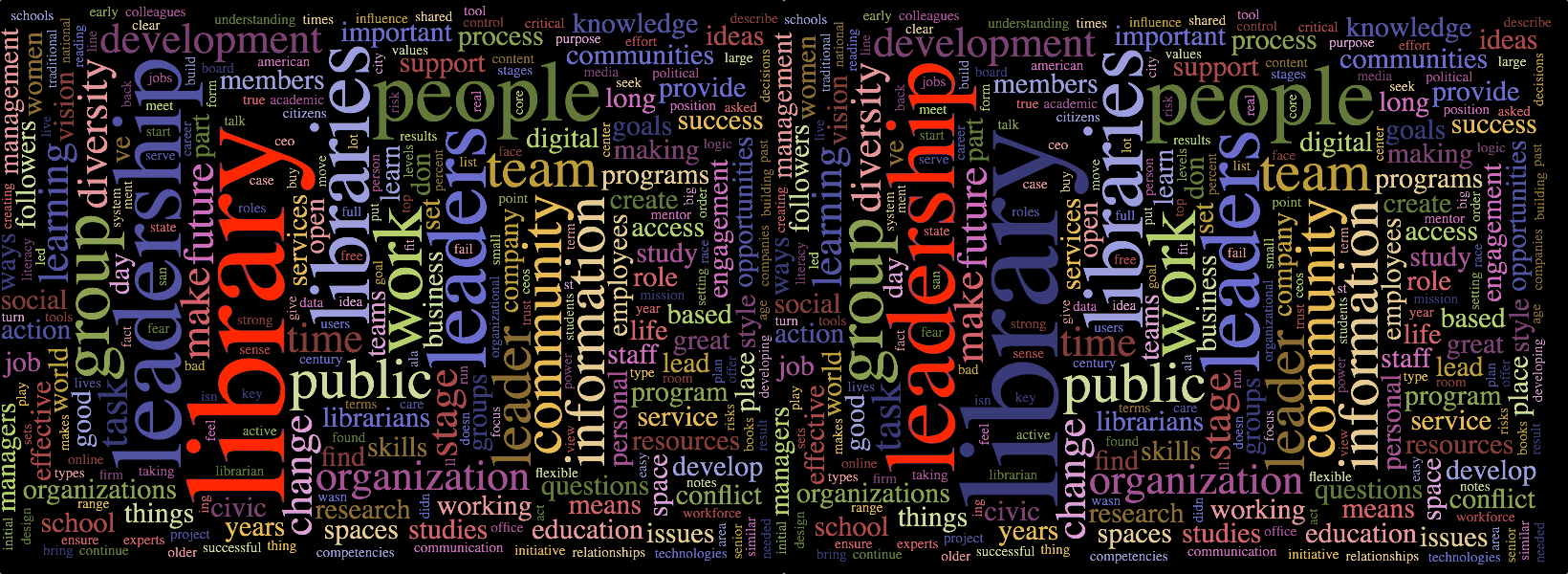Do a Google search on “essential components of teamwork” and you’ll get a long list of articles on the subject. Teamwork is complicated and takes effort, but it can be much less complicated and take much less effort if the team communicates well.
There are two kinds of essential communication in teams. The first is vertical communication (top down and bottom up) and the other is horizontal communication (between teammates).
As obvious and intuitive as the above statement may be, poor communication probably causes more team failure than any other factor. Well-led teams are successful communicators in all directions on an ongoing basis.
Top down communication has to do with setting direction. Defining the goal. Everyone on the team must be working towards the same objective and each member of the team must prioritize that goal above self-interest. Top down communication is also how task assignments are determined, although this can, in good teams, be delegated to the team members to work out for themselves.
Bottom up communication is how team leaders get all kinds of information.
-
-
- How well do team members understand the objectives and how committed is the team to achieving them? How efficiently is the team working? Are problems brewing?
- How could the team work better? What improvements can be made so the team has a greater likelihood of success? What changes would result in less effort or lower costs?
- What are customers saying about the product or service? What ideas do they have? How are their needs or interests evolving?
- What could the team leader do better to ensure success of the team?
-
Horizontal communication may be the most important form of communication. This is the communication that allows team members to coordinate their actions in furtherance of their shared objectives.
When I was setting up a small US startup/subsidiary for a large Japanese company, we had a very aggressive time frame for achieving a set of goals. My VPs (software development, creative, operations, finance, and sales/marketing) and I would meet regularly to go over priorities and near term action items. Budget, labor resources, and skill sets in their respective departments had to be juggled to meet a series of milestones required to obtain further funding. Every time we encountered a problem or a change, we worked through those changes and the ways a change in one group’s output or activities would affect the other groups and their contributions.
Of course, each of the department heads had needs. Everyone was working against a tight schedule with limited resources, but by the time we ended each meeting, each team leader (and management team member) understood why resources were being allocated they way they were. Each VP understood what tradeoffs had been made and why. My role was not to make all the decisions, although imposing a decision was necessary from time to time. I talked as little as I could. My role was principally to guide the process, keep things moving (push for decisions), periodically remind everyone of the larger objective, and trust them to listen to and work with each other. We rarely achieved universal happiness over decisions, but everyone came away understanding why each decision was made and committed to executing with it. Working with that team was among the more enjoyable and rewarding experiences of my life.
Libraries rarely operate under the time crunches that early stage companies face, but, like early stage companies, libraries have to achieve objectives with limited resources. Building teams that communicate well so everyone understands what is being done by whom and how their work affects everyone else is essential in any organization that aspires to efficiency and effectiveness in achieving goals. Including libraries. Building a culture of open, complete, and ongoing communication at all levels of the organization is essential to building a winning team.
